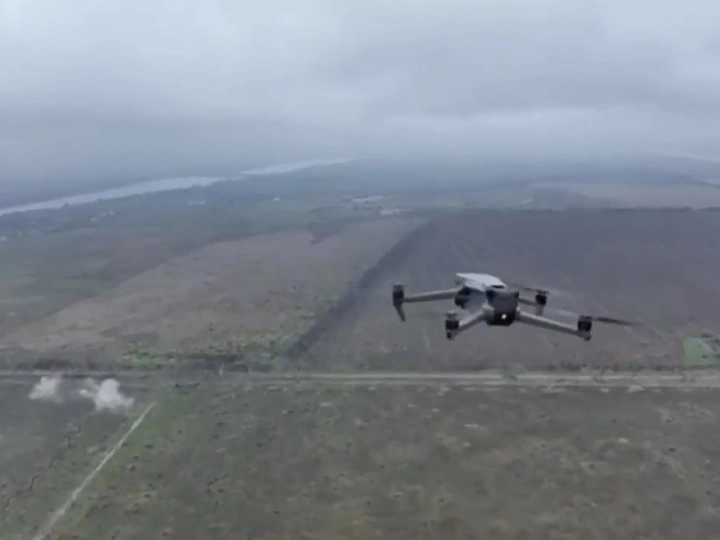At the end of the day aren't we all drone killers?

I am Konstanty Konopinski (b. 2001, Warsaw, Poland), a filmmaker, researcher, and visual artist. My creative work explores the systems and narratives embedded in the generic or overlooked elements of our surroundings. I am particularly interested in how culture circulates, thus I recontextualize images and objects to challenge established patterns of perception and propose new ways of seeing. I graduated cum laude from the Design Academy Eindhoven, and my work has been exhibited at institutions including the Biennale Architettura 2025 and the Ujazdowski Castle Centre for Contemporary Art.
In my practice, I use film as a tool to investigate the role of images in contemporary culture. I do this by constructing visually and conceptually coherent narratives from contextually fragmented material. I work from the belief that almost everything already has a photographic representation, making the creation of entirely new images a radical gesture in itself. Within this framework, I view editing as the most powerful tool available to filmmakers, a means of shaping curated, time-based audiovisual experiences from an endless stream of existing content. I'm particularly interested in the concept of Internet Cinema, the idea that social media scrolling constitutes a cinematic experience in itself, where the brain subconsciously edits the feed into a film without a beginning or end. My previous feature-length project, “fuck yeah, I’m videoing it”, was composed from over 100 internet-sourced video clips. It explored various modes of interaction between the cameraperson and the filmed subject, as well as the ways in which the presence of a camera alters the behavior of those in front and behind it.
The ability to soar freely through the sky has been one of humanity’s oldest dreams. Fast forward to the present, and our skies are filled with unmanned aerial vehicles of all shapes and sizes: from $100 TinyWhoops to military-grade MQ-9 Reapers. Regardless of their purpose — touristic cinematography, high-speed drone racing, cargo flights, crop spraying or targeting enemies in war zones — they all share one feature: a camera. These images became an integral part of our social media feeds. A breathtaking shot of an Icelandic canyon appears right next to a morbid, first-person footage from a Ukrainian kamikaze drone, seconds before impact with a Russian tank in Donbas. One video is crystal-clear, set to soothing piano music; the other is pixelated and chaotic, underscored by pounding heavy metal. Both offer a view from above, but from drastically different skies.
The project I’m proposing is a detailed filmic study of the unmanned aerial vehicle as a tool for image production, built on a material and aesthetic analysis of hundreds of videos scraped from the internet. Its cinematic timeline will unfold as a gradient — gradually transitioning from civilian and consumer-grade footage, to increasingly militarised imagery. From cinematic image to operational image. From recreational to functional. From wireless to fiber-optic. As image quality deteriorates, lethality escalates. Drone footage encapsulates the cyclical evolution of military and civilian technology. It tells the story of a device born for warfare, that was repurposed for everyday use, only to return to the battlefield as a DIY, low-cost, high-impact weapon.
Drones have become one of the most significant cinematic devices for unlocking perspectives detached from the human body. We no longer need to hold the camera — vision has become remote, extended, and disembodied. Seeing the world from a god-like vantage point has never been more accessible, especially when there’s a grenade attached to the lens.